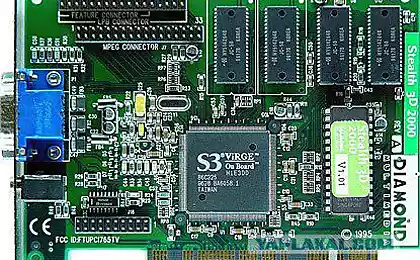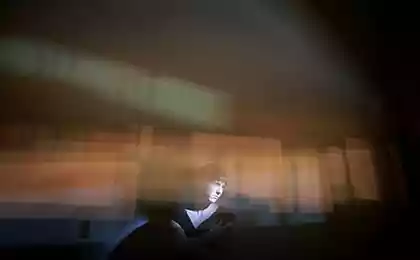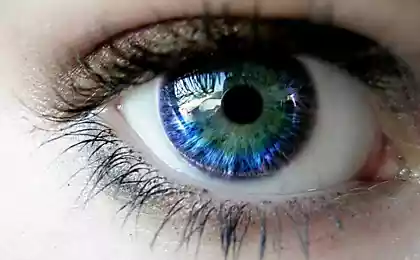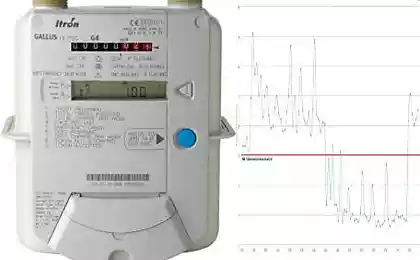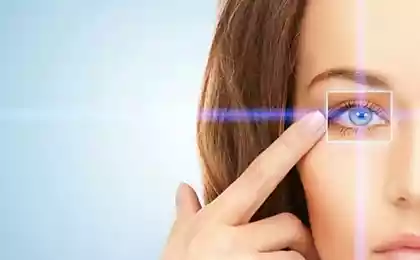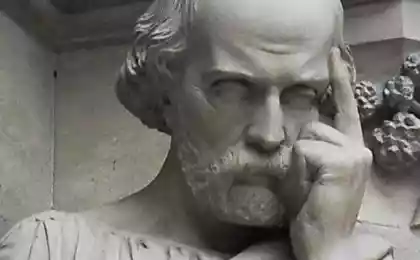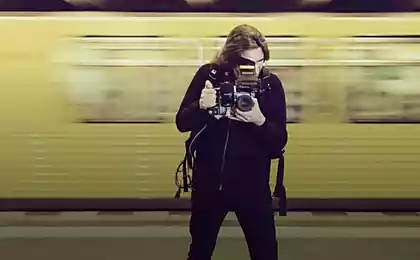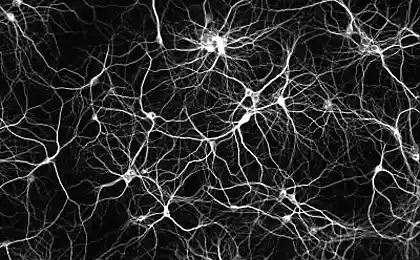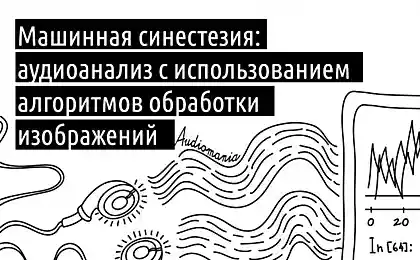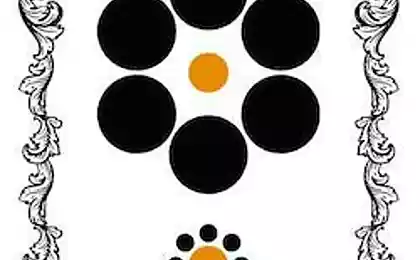1369
The brain processes images in 13 milliseconds

Neuroscientists at MIT have set the minimum time during which a person needs to show the image to the brain was able to handle it. Figure is 13 milliseconds. This is considerably less than expected. Previously, scientists evaluated the processing time is approximately 100 milliseconds.
During the experiment, subjects were asked to signal when they see a certain type of image, such as a "picnic" or "smiling couple", while they showed a series of 6 or 12 images with an interval of 13-80 milliseconds. The illustration above shows an example of such a sequence of frames.
Scientists believe that such a high speed of information processing by the brain helps to control the eyes and select objects for consideration. The eye is able to move at a rate of 3 times per second, and during this time the brain must recognize all the information in the field of view, to understand what he saw and decide where to look next.
From the experiment, the researchers speculated that can set a limit for the recognition of the brain twice smaller than previously considered standard 100 milliseconds. To their surprise, the participants of the experiment showed a clear difference from random guessing with every increase the speed of the image: 80 ms, 53 ms, 40 ms, 27 ms and 13 ms. Indicator 13 ms was the minimum possible time update pictures on a computer monitor, so a further reduction of the limit experiment failed. But it is possible that the performance of the brain is even higher than found in this study.
However, the scientists suggest that image processing can actually go in the "background" and after exposure image, that is longer than 13 milliseconds. In this experiment, this fact is not possible, because the subjects were interviewed shortly after the show a sequence of images. But it is clear that the picture is not "erased" from memory after 13 milliseconds, otherwise people would not have been able to correctly answer the question. That is, the pictures are in a certain memory section after treatment. It is also known that the decision to move towards a particular eye is taken for 100-140 milliseconds.
Theoretically, this study suggests that the person is able to recognize video with a frequency of 77 frames per second or more, that was previously thought impossible. Now I have and update information on the relevant page Wikipedia, which expresses the ability of the brain to process only 10-12 separate images per second.
Scientific work published in the journal "Attention, Perception, & Psychophysics" i> ( free ).
Source: habrahabr.ru/post/209776/
